South Asian nations need structural adjustment to step up growth
Some major countries of South Asia have recently had Article IV consultations with the IMF since the onset of the pandemic in early 2020, writes Partha Pratim Mitra for South Asia Monitor
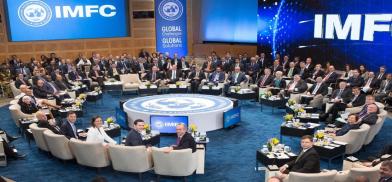
The economic challenges in South Asia have been documented by the International Monetary Fund (IMF). The IMF’s institutional view on Liberalization and Management of Capital Flows provides the basis for its advice and assessments of policies related to capital flows, one of its major concerns.
A recent IMF paper reviews the position on liberalized capital flows but the core premises and objectives remain unchanged. The basic premise rests on the notion that capital flows are desirable as they can bring substantial benefits for countries and that capital flow management measures (CFMs) can be useful in certain circumstances but should not be a replacement for the necessary macroeconomic adjustment that may be desirable to stabilize the domestic economic situation.
The beginning of the pandemic has been a turning point. Many countries have spent to support the recovery, which has led to a build-up of their external debt. South Asia is no exception and inequality and poverty levels increased across the region. In some cases, the increase in debt in foreign currency has not been adequately offset by foreign currency assets, creating new vulnerabilities spilling into the domestic economy causing hardships to the poor and the vulnerable countries.
Some major countries have recently had Article IV consultations with the IMF since the onset of the pandemic.
Sri Lanka
For Sri Lanka, some of the observations of the IMF were that Covid-19 severely hit the economy, causing a loss of tourism earnings. Pre-pandemic tax cuts and the impact of Covid-19 led to fiscal deficits in excess of 10 percent of GDP in 2020 and 2021 and a rapid increase in public debt to 119 percent of GDP in 2021. Sri Lanka’s access to international capital markets was lost in 2020, resulting in a decline of international reserves to critically low levels.
External debt repayments and a widening current account deficit have led to foreign exchange shortages and shortages in essential supplies. The country faces mounting challenges, including public debt that has risen to unsustainable levels. The IMF stressed the urgency of implementing a credible and coherent strategy to restore macroeconomic stability and debt sustainability while protecting vulnerable groups and reducing poverty through strengthened, well-targeted social safety nets. The Fund, however, saw scope for raising income tax and Value Added Tax (VAT) rates, minimizing exemptions, coupled with revenue administration reform improvements in expenditure rationalization, budget formulation and execution.
Pakistan
For Pakistan, some of the observations were that the recent policy adjustment was appropriate to address these challenges and maintain economic stability. The economy is set to continue recovering in FY 2022, with real GDP growth projected at 4 percent, while inflation is expected to pick up this year before gradually slowing down. Pakistan, however, remains vulnerable to possible flare-ups of the pandemic, tighter international financial conditions, a rise in geopolitical tensions as well as the delayed implementation of structural reforms.
Strengthening the medium-term outlook depends upon ambitious efforts to remove structural impediments to facilitate the structural transformation of the economy. Towards this end, increased focus is needed on measures to strengthen economic productivity, investment, and private sector development, as also to address the challenges posed by climate change.
Bangladesh
For Bangladesh, some of the observations were that the pandemic interrupted the long period of robust economic performance and deepened some earlier vulnerabilities. Stagnating job growth, rising inequality and slowing poverty reduction remain challenges. Low revenue generation and financial sector vulnerabilities remain high. Substantial productive investment in infrastructure, human capital and climate resilience were needed. The IMF recommended mitigating the Covid-19 impact on health and economic activity, protecting vulnerable groups as immediate policy priorities.
In the medium-term, policies should focus on structural reforms and modernizing policy design to boost growth, support the vulnerable, strengthen governance and tackle climate change. In the medium term, the IMF recommended that raising tax revenues, rationalizing spending, increasing spending efficiency and addressing fiscal risks were necessary to increase development, social and climate spending while maintaining fiscal sustainability along with macroeconomic stability and modernization of the monetary policy framework.
India
For India, some of the observations were that Covid-19 had created a prolonged health crisis. Economic activity was, however, slowing down prior to the pandemic. Two Covid-19 waves have resulted in a deep and broad-based economic downturn with a potential for a longer-lasting impact.
The authorities have responded with fiscal policy, including scaled-up support to vulnerable groups, monetary policy easing and liquidity provision, with accommodative monetary and financial sector and regulatory policies. The authorities continued to implement structural reforms. A continued coordinated policy response to fight the virus was critical to overcoming the health crisis. Additional financial support is required until recovery is fully made, including additional spending on health and to support the most vulnerable groups. While fiscal space has narrowed, fiscal policy can and must play a key role in facilitating a strong, inclusive and green economic recovery and help avoid an adverse, longer-lasting impact.
All four South Asian countries face situations that call for major structural adjustments which essentially involve formulating policies that cover major sectors of the economy, aimed at stepping up investment to generate jobs, improving productivity, skill development, providing the poor and the vulnerable social protection, improving tax revenues, reducing budgetary deficits, diversifying exports, reforming the public sector and bringing about sustained reforms in the financial sectors that make banks improve their financial viability.
Conclusions
The overall objective of structural adjustment policies is to step up the growth process in these countries by improving the supply-side market forces so that access to external capital markets becomes possible to enable them to repay the large outstanding foreign debt which some of the countries of the region have accumulated.
The structural adjustment policies may, however, have to be fine-tuned so that while investment and employment improve, the poor and the vulnerable who are not able to benefit from the growth process are able to survive with access to public schemes that provide access to food grains at concessional rates and social security. To ensure the availability of food to the poor, the public distribution system and procurement would need to be strengthened in the region.
(The writer is a retired Indian Economic Service officer. Views are personal, He can be reached at ppmitra56@gmail.com).




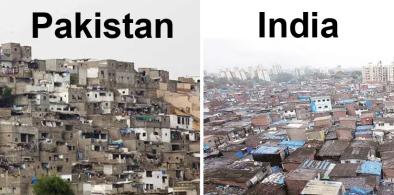
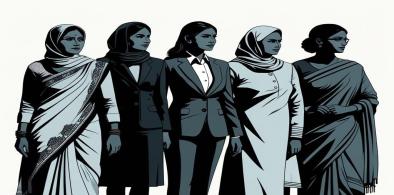


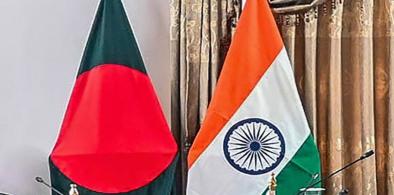
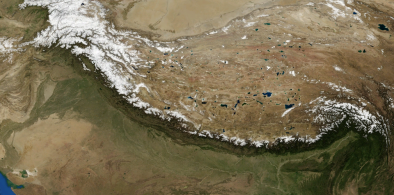
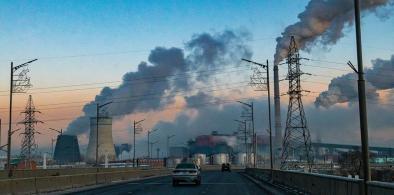









Post a Comment